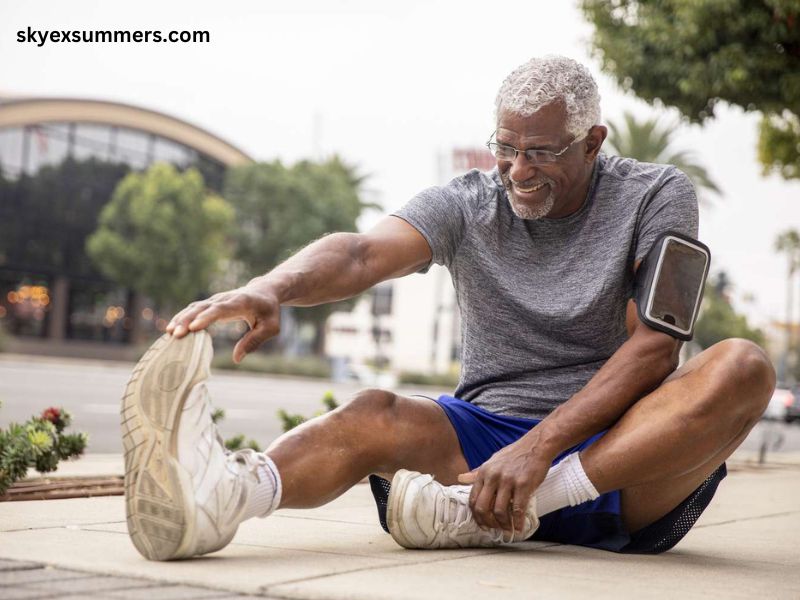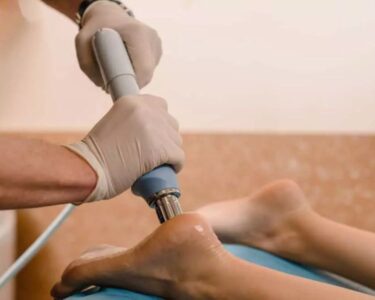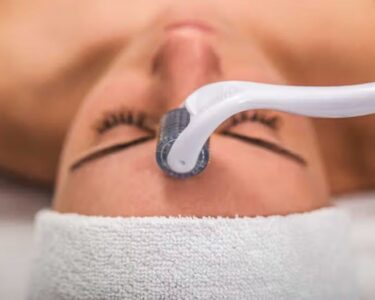The Sit & Reach Test is a widely used assessment in physical fitness that evaluates one of the key components of health-related fitness—flexibility. Flexibility is an essential aspect of overall physical health and well-being, and understanding its role can provide valuable insights into both performance and injury prevention. This article delves into the significance of the Sit & Reach Test, its methodology, and its relevance in the broader context of health-related fitness.
Understanding Flexibility
Flexibility refers to the range of motion around a joint or group of joints. It plays a crucial role in maintaining functional movement and overall physical health. Improved flexibility enhances performance in various physical activities, helps in the prevention of injuries, and contributes to better posture and alignment. Flexibility can be influenced by factors such as muscle length, joint structure, and the elasticity of the connective tissues.
The Sit & Reach Test: An Overview
The Sit & Reach Test is designed to measure the flexibility of the lower back and hamstrings. It is a simple and effective tool often used in fitness assessments for both general health and athletic performance. The test provides a quantitative measure of how well an individual can reach forward while seated, which reflects the flexibility of the posterior chain—the muscles along the back of the body.
Methodology of the Sit & Reach Test
1. Preparation
The test requires a sit-and-reach box or a similar measuring apparatus. The box has a measuring scale and a slide mechanism. If a specific box is not available, a ruler or tape measure can be used with a sturdy surface.
2. Testing Procedure
- Positioning: The individual sits on the floor with their legs extended straight out in front of them, feet approximately shoulder-width apart. The soles of the feet are placed against the edge of the box or measuring device.
- Execution: The individual reaches forward with both hands as far as possible without bending the knees. The goal is to reach as far as possible along the measuring scale while maintaining a seated position. The reach is typically measured in inches or centimeters.
- Measurement: The maximum distance reached by the fingertips is recorded. It is crucial to ensure that the reach is performed slowly and steadily to avoid any potential injury or strain.
- Repetition: The test is often performed three times, with the best score recorded. This helps in obtaining a more accurate measure of flexibility, accounting for variations in performance.
Interpreting the Results
The results of the Sit & Reach Test are compared to normative data or standards based on age, sex, and fitness level. Typically, the test results are classified into categories such as poor, average, good, and excellent. This classification helps in assessing whether an individual’s flexibility is within a healthy range or if improvements are needed.
Importance of Flexibility
1. Injury Prevention
Flexibility plays a significant role in reducing the risk of injuries. Tight muscles and restricted joints are more prone to strains and sprains. Regular stretching and maintaining good flexibility can enhance the range of motion, making the body more resilient to sudden movements and physical stress.
2. Improved Performance
Athletic performance benefits from good flexibility. Many sports and physical activities require a wide range of motion for optimal performance. For instance, flexibility is crucial in activities such as gymnastics, dance, and martial arts, where dynamic movements and stretches are integral to success.
3. Enhanced Posture and Alignment
Flexibility contributes to better posture and alignment. Tight muscles can lead to poor posture, which may result in back pain, discomfort, and other musculoskeletal issues. By maintaining flexibility, individuals can support proper alignment and reduce the risk of developing posture-related problems.
4. Functional Movement
Good flexibility supports functional movements in daily life. Activities such as bending, reaching, and lifting require adequate flexibility to perform efficiently and comfortably. Maintaining flexibility can enhance overall mobility and ease of movement, making daily tasks more manageable.
The Sit & Reach Test in Health-Related Fitness Assessments
The Sit & Reach Test is often included in comprehensive fitness assessments as it provides valuable insights into an individual’s flexibility. Fitness professionals, educators, and healthcare providers use this test to evaluate flexibility and develop personalized exercise programs. It is also utilized in research studies to analyze the relationship between flexibility and other health-related factors.
**1. Fitness Testing
In the context of fitness testing, the Sit & Reach Test is used to gauge flexibility as part of a broader assessment. It complements other tests that measure cardiovascular endurance, muscular strength, and body composition. By including the Sit & Reach Test, a more comprehensive understanding of an individual’s fitness level can be obtained.
**2. Exercise Prescription
Based on the results of the Sit & Reach Test, exercise programs can be tailored to address flexibility needs. For individuals with limited flexibility, stretching exercises and flexibility training can be incorporated into their routine to improve their Sit & Reach Test scores and overall flexibility.
**3. Monitoring Progress
The Sit & Reach Test serves as a baseline measurement for tracking progress over time. Regular assessments can help monitor changes in flexibility and assess the effectiveness of stretching or flexibility training programs. Improvements in Sit & Reach Test scores can indicate positive changes in flexibility and overall physical health.
Limitations of the Sit & Reach Test
While the Sit & Reach Test is a useful tool, it has certain limitations. It primarily measures flexibility in the lower back and hamstrings and may not provide a comprehensive assessment of overall flexibility. Additionally, factors such as age, body composition, and previous injuries can influence test results. Therefore, it is essential to consider these factors and use the Sit & Reach Test in conjunction with other assessments for a complete evaluation of flexibility.
Alternatives and Complementary Assessments
To gain a broader perspective on flexibility, it is beneficial to consider alternative and complementary assessments. These may include tests such as:
- The Back Scratch Test: Measures the flexibility of the shoulder joints and upper back.
- The Shoulder Flexibility Test: Assesses the range of motion in the shoulder joint.
- Dynamic Stretching Exercises: Evaluates flexibility through dynamic movements and stretches.
Combining various assessments provides a more comprehensive understanding of an individual’s flexibility and overall health-related fitness.
Conclusion
The Sit & Reach Test is a valuable tool for measuring flexibility, a key component of health-related fitness. It provides insights into the range of motion in the lower back and hamstrings, offering valuable information for injury prevention, performance enhancement, and overall well-being. While it has limitations, the Sit & Reach Test remains an essential part of fitness assessments and exercise prescription. By understanding and addressing flexibility, individuals can improve their physical health, performance, and quality of life.



